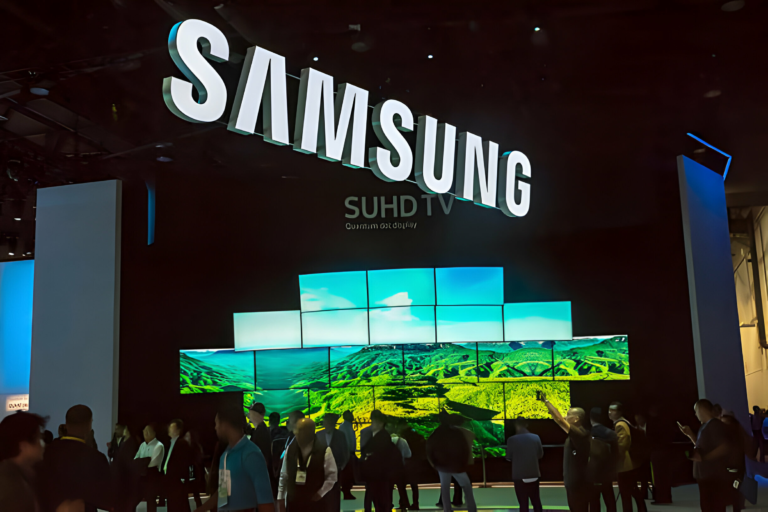How To Speed Up Old Laptop ?
Introduction: Understanding the Need to Speed Up Your Old Laptop
As time goes by, your once speedy laptop may start to slow down. This can be frustrating, especially if you rely on your laptop for work or personal use. There are several reasons why your old laptop may be running slow, including outdated hardware, too many programs running in the background, and a cluttered hard drive. However, there are several benefits to speeding up your laptop, including improved productivity, faster load times, and a better overall user experience.

Clearing Out Unnecessary Files and Programs
One of the easiest ways to speed up your laptop is by clearing out unnecessary files and programs. Start by identifying and removing any files that you no longer need, such as old documents, photos, and videos. You can also use a disk cleanup tool to remove temporary files and other unnecessary data.
Next, uninstall any programs that you no longer use or need. These programs can take up valuable space on your hard drive and slow down your laptop‘s performance. You can also clean up your desktop and downloads folder by organizing files into folders and deleting any files that you no longer need.
Upgrading Your Hardware: RAM, Hard Drive, and Processor
If clearing out unnecessary files and programs doesn’t improve your laptop’s performance, it may be time to consider upgrading your hardware. Upgrading your RAM, hard drive, or processor can significantly improve your laptop’s speed and performance.
When choosing hardware upgrades, it’s important to consider your laptop’s specifications and compatibility. For example, if your laptop has a limited amount of RAM, upgrading to a higher capacity can improve performance. Similarly, upgrading to a solid-state drive (SSD) can improve load times and overall performance.
Optimizing Your Operating System: Windows or Mac
Another way to speed up your laptop is by optimizing your operating system. Whether you use Windows or Mac, there are several tips and tricks you can use to improve performance.
For Windows users, consider disabling unnecessary visual effects, adjusting power settings, and disabling unnecessary services. You can also use the built-in disk cleanup tool and disk defragmenter to improve performance.
For Mac users, consider disabling unnecessary startup items, clearing out cache files, and optimizing your storage. You can also use the built-in disk utility tool to repair disk permissions and optimize your hard drive.
Disabling Startup Programs and Services
One common reason why laptops run slow is because too many programs and services are running in the background. To improve performance, consider disabling unnecessary startup programs and services.
For Windows users, you can use the Task Manager to identify and disable unnecessary startup programs. For Mac users, you can use the System Preferences to identify and disable unnecessary startup items.
Cleaning Your Laptop’s Cooling System
Over time, your laptop’s cooling system can become clogged with dust and debris, which can cause your laptop to overheat and slow down. To improve performance, it’s important to clean your laptop’s cooling system regularly.
To clean your laptop’s cooling system, start by shutting down your laptop and unplugging it from the power source. Next, use a can of compressed air to blow out any dust and debris from the cooling vents and fan. You can also use a soft-bristled brush to gently remove any stubborn dust and debris.
Using System Maintenance Tools
There are several system maintenance tools available for both Windows and Mac that can help improve performance. These tools can help identify and fix common issues that can slow down your laptop.
For Windows users, consider using tools such as CCleaner, Malwarebytes, and Advanced SystemCare. For Mac users, consider using tools such as CleanMyMac, Onyx, and Disk Doctor.
Final Thoughts: Maintaining Your Laptop’s Speed Over Time
While these tips and tricks can help speed up your old laptop, it’s important to maintain your laptop’s speed over time. This includes regularly cleaning your laptop’s cooling system, updating your operating system and drivers, and upgrading your hardware as needed.
By taking these steps, you can ensure that your laptop remains fast and efficient, even as it ages. With a little bit of maintenance and care, you can extend the life of your laptop and enjoy a better overall user experience.
Conclusion: Summarizing the Steps to Speed Up Your Old Laptop
In conclusion, there are several steps you can take to speed up your old laptop. These include clearing out unnecessary files and programs, upgrading your hardware, optimizing your operating system, disabling startup programs and services, cleaning your laptop’s cooling system, and using system maintenance tools.
By taking these steps, you can improve your laptop’s performance, productivity, and overall user experience. Remember to regularly maintain and upgrade your laptop to ensure that it remains fast and efficient over time.





